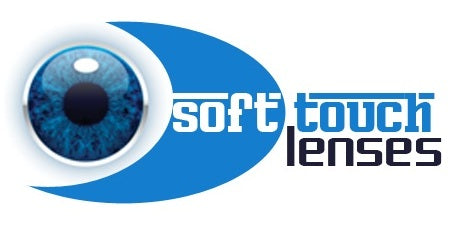Best Sleep Position for Eye Health: Complete Guide
When we think about eye health, most of us focus on screen time, diet, or eye drops. But did you know that how you sleep can also affect your eyes? Your sleep position can play a subtle yet significant role in preventing certain eye conditions and promoting overall eye comfort. Let’s explore the best sleep positions for your eye health and what to avoid.
Why Sleep Position Matters for Your Eyes
While we rest, our bodies—and eyes—undergo crucial repair processes. Poor sleep posture can interrupt this healing, put pressure on the eyes, and even exacerbate some eye conditions. Here’s how:
-
Pressure on the eyes can raise intraocular pressure (IOP), which may worsen glaucoma.
-
Fluid retention around the eyes may lead to puffiness and strain.
-
Side sleeping on one eye can affect ocular surface hydration and contribute to dry eyes.
Best Sleep Positions for Eye Health
1. Sleeping on Your Back (Supine Position)
Best Overall Position
Lying on your back with your head slightly elevated is the ideal sleep position for eye health. It offers several benefits:
-
Minimizes direct pressure on the eyes
-
Reduces fluid accumulation around the eyes
-
Helps maintain even tear distribution, preventing dry eyes
Tip: Use a supportive pillow to slightly elevate your head, improving circulation and reducing puffiness.
2. Sleeping with Head Slightly Elevated
Even if you're a side or back sleeper, elevating your head 20–30 degrees can reduce eye puffiness and pressure. This is especially helpful for people with glaucoma or floppy eyelid syndrome.
Tip: Consider using a wedge pillow or an adjustable bed frame.
Sleep Positions to Avoid
1. Face-Down (Prone Position)
This position places direct pressure on the eyes and can:
-
Increase intraocular pressure (a risk factor for glaucoma)
-
Cause irritation or mechanical damage, especially in people wearing contact lenses
-
Lead to facial asymmetry and puffiness
2. Side Sleeping on the Same Side
Repeated side sleeping on one eye may lead to:
-
Uneven pressure distribution
-
Worsening of certain corneal conditions like keratoconus
-
Asymmetric dry eye symptoms
If you must sleep on your side, try alternating sides nightly.
Special Considerations
For Glaucoma Patients:
-
Avoid prone sleeping.
-
Use a wedge pillow to lower eye pressure during sleep.
-
Consider sleeping with your non-dominant side down if side sleeping is necessary.
For Dry Eye Sufferers:
-
Use a humidifier in the bedroom.
-
Consider using a moisture chamber sleep mask.
-
Avoid fans or air blowing directly on your face while you sleep.
Other Tips to Protect Your Eyes During Sleep
-
Remove contact lenses before bed.
-
Avoid rubbing your eyes, especially when waking up.
-
Clean bedding regularly to prevent eye irritation from allergens.
-
Use cool compresses in the morning if you notice puffiness.
Final Thoughts
Your sleep habits do more than just recharge your body—they can also support (or harm) your eyes. Sleeping on your back with your head slightly elevated is the most eye-friendly position, while stomach or same-side sleeping may pose risks over time.
Protect your eyes while you sleep, and you’ll wake up to a clearer, healthier view of the world. - SoftTouchLenses
